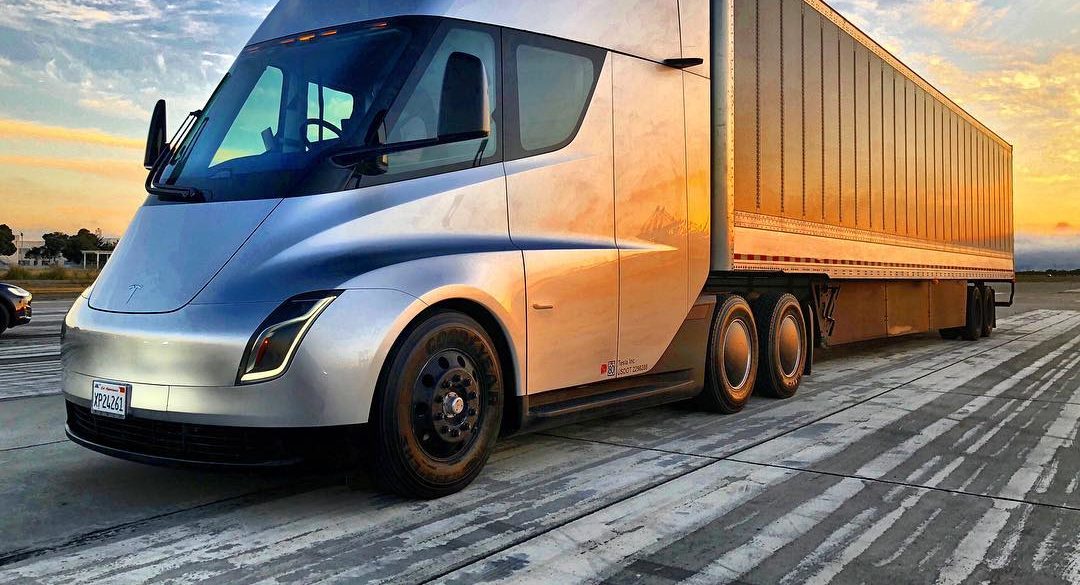luthj
Engineer In Residence
An interesting read about the economic opportunities recycling/reusing end of life EV batteries. Apparently one of the big markets is grid storage (and semi-off grid/backup). Not so much in the USA, but in developing countries where reliable grid power is not available, but the low cost of solar is changing the game for local micro-grids. Given that many of these batteries will last a decade or more (and still have 50% or more capacity), there is significant second life for them in other applications where power density is not critical. This definitely goes a long way to mitigate the rare earth availability concerns for these early packs, as development continues on low or no rare earth variants (cobalt free for example).

 gizmodo.com
gizmodo.com

A Recycling Renegade Is Out of Prison—and Ready to Tackle the Electric Vehicle Battery Crisis
In a warehouse in Chatsworth, California, rows upon rows of giant wooden crates are stacked forty feet high, in a scene somewhat reminiscent of the secret
Last edited:






